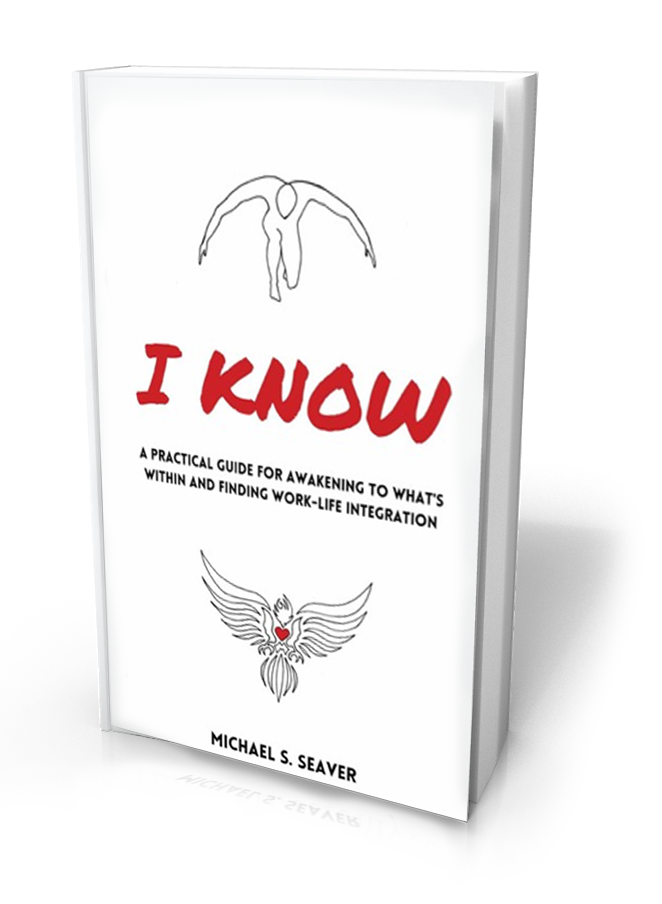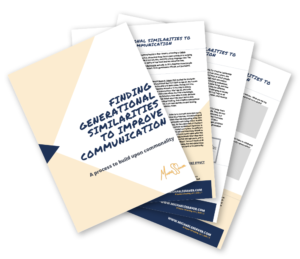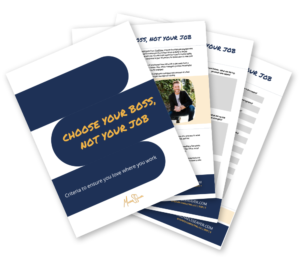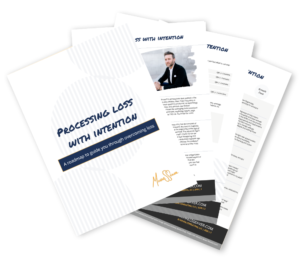I recently had the honor of interviewing Anthony Trucks for Episode 32 of my podcast, Equal Chance to Be Unequal. Anthony played in the NFL and was a contestant on American Ninja Warrior before transitioning into a seven-figure gym owner, corporate consultant, internationally recognized keynote speaker, best-selling author of Trust Your Hustle, husband, and father to three children.
Despite significant early challenges including a variety of emotional traumas, Anthony has built a beautiful business and family life. He created his identity by believing the future could be better than the past. I honor him for this, and I am so glad that thousands of people around the world are tuning into his inspiring message.
As I started to think more about the topic Anthony and I discussed—identity—I considered the challenges people are facing regarding this concept. Millennials, for example, want to be their authentic selves, yet may have an identity disconnected from what society says is right or popular. But how could we be surprised that a generation addicted to following fake celebrities living fake lives and fake values and expressing fake emotions on fake “reality” TV shows is having a tough time shaping an authentic identity for themselves? The celebrity is often doing and saying things on the show to solicit higher ratings. It’s not necessarily something true to that celebrity’s actual core values, personality, or mission.
Viewers may see the celebrity’s behavior as a joke, yet still struggle to find real happiness for themselves because there are so few authentic role models (like Anthony) out there.
But here’s the good news: humans are not lost. It’s not that people have to “go find themselves.” The true self is just buried deep within us somewhere, under cultural conditioning, under something that a parent wished for us to have, or beneath some inaccurate conclusion we drew as children about the world. Finding our identity is mainly about returning to ourselves, shedding many of the untrue beliefs we picked up over our journey, getting back to the basics.
The 6 Steps of An Identity Shift
So, how do we move back towards who we were before the world conditioned us to believe something different? First, I want you to believe it is okay to walk into your true, authentic identity. I want you to believe it is okay to have everything you want. Shed the older versions of yourself and move into the amazing human you truly are.
To illustrate this process, let’s imagine you want to mentally convince yourself you have already received a significant promotion to a leadership role at work. Your new identity will be that of a leader, a person who is comfortable influencing teams to achieve important organizational goals.
1. Begin by asking: What evidence do I have that I might already be considered a leader? Are there objective, action-oriented things leaders in your company do that you also do? Do you read some of the same books? Engage in similar daily habits? Develop others’ talent naturally? Help your colleagues feel engaged? Keep a similar schedule? Received supportive LinkedIn recommendations?
My guess is you’ve been doing many of the things—for months—that are evidence you are a leader. Right now.
2. Figure out: What is the story I am telling myself about the new identity I’d like to adopt? Think about the emotional reasons you would like to move into this leadership role. What would it mean to you? Why? How does it help you live your life’s mission more fully? Would it benefit your family? Take the time to frame a good story about why this new identity matters to you.
3. Consider: What signs of certainty surround you? What wins have you already achieved that point to this identity? For example, regardless of your job title, what were times in your professional life when you led others? When did you make something innovative happen? When did you bring a project to completion ahead of a deadline? When did you receive recognition from mentors?
Signs of certainly are likely all around you. Have you stuck to a set of habits that serve you well? Have you learned new skills ahead of going after this promotion? This step is about more deeply proving to yourself you already are what you desire to be. You’ve done it. The only thing different between you and another person who is currently a leader is time. She has already been in the role for an extended period of time, but her signs of certainty are nearly identical to yours.
4. Ask: How can I use fear as a motivator? What may happen if I don’t take action toward this new identity? For example, perhaps your organization frowns on individuals who don’t progress in their careers via regular changes in roles. Staying in one place could be seen as falling behind. Someone else will get the promotion. You won’t earn a higher salary to afford to send your child to a specific university. Maybe you won’t be able to go on the vacation you’d hoped to.
5. Reward yourself. We all need continual praise and recognition when we commit to a growth plan. Think about how you want to reward yourself for the hard work of changing and moving into a new identity. What sort of reward would be meaningful to you? Perhaps it’s a long weekend spent with friends. Maybe it’s a regular spa appointment or tee time. Whatever it is, make space for it in your life. Celebrate the milestones along the way.
6. Take the time to shed old beliefs and patterns. Many times, when we are moving toward achieving a goal, we take considerable action but neglect making time to address our underlying feelings. We must release emotions connected to our old identity to make room for the new to enter. For me, there are two yoga poses that make me cry like an absolute baby. It is beyond helpful, because I struggle to release emotions connected to the old. Doing these poses is great for me. It allows me to release a lot of energy and allow a new way of being to arrive.
I believe all humans have a specific curriculum of lessons to learn and experiences to have. And then our parents, cultural conditioning, and the education system shift our focus away from that learning. Our job is to get back to who we were before age seven, when our brains were still in the most open and receptive theta wave state.
Shed the beliefs that aren’t serving you so you can live in the now—and love what it is you are doing and who you are becoming.
Climb Over Your Identity Wall
Anthony speaks about the concept of an “identity wall” in our podcast. When a person is running into a wall—they can’t yet see themselves as that next thing, getting a promotion or finishing that marathon—how can they get past it? It’s not easy. You might be facing an identity wall at this very moment.
The key is to take the next step, however small. Be willing to get a little uncomfortable. Try something new, no matter how seemingly insignificant it appears to be. If you’re willing to take a minor, calculated risk, the probability of you being able to eventually see yourself as that new thing is much higher. You might surprise yourself. You might realize you actually are that new identity; you just haven’t proven it to yourself yet.
I’d like to leave you this month with a reminder: it is okay—more than okay—to ask for help with this stuff. It is not easy for anyone. I am available for a free 30-minute one-to-one coaching call for those individuals who are no longer content with their old identity.






Connect with me